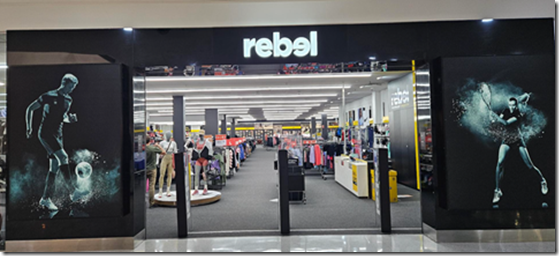Yesterday was our second day on exploring mythology, risk and safety. As we got to know what myth was more as a genre we were more sensitised to how myth works both in society but more importantly to be more sensitised to how myth is employed in safety. This was amplified by a semiotic walk to the local shopping centre where participants were asked to analyse myths (using the SPoR Myth Identifier Tool).
The more the group understood the differences between myth, fable, fairy-tale, legend, fact, evidence and science, the more it sunk in about the uniqueness of myth.
We started the day by working with the SPoR Myth Identifier Tool by considering the dynamics of myth and semiosis (the construction of meaning in myth).
We then used the SPoR Myth Identifier Tool to analyse the dynamics of commonly accepted safety myths.
The SPoR Myth Identifier Tool is a way of helping people de-mythologise belief-faith in myth to get to the foundational assumptions and ideology hidden in myth.
Here we see one group tackling the Swiss-cheese myth as it was used in the Covid19 context.
The key dynamics of myth as are follows:
SPoR Myth Identifier Tool
- Symbol/Semiotic
- Semiosis/meaning making
- Iconography
- Narrative/script
- Language of myth
- Heroics/sacrifice
- Faith/belief
- Religious/salvation narrative
- Metaphor
- Metaphysics
- Hermeneutic/interpretation
- Ritual/gesture
- Soteriology/salvation
- Political belonging
- Paralinguistics
- Song
- Dance
- Art
- Drama
- Performance
- Meme/slogan
- Mythic reality
- Ethical trajectory
The SPoR Myth Identifier Tool enabled each group to become more sensitised to myth and the ethic, philosophical assumptions and Discourse hidden in myths.
Once participants had worked with the SPoR Myth Identifier Tool they were then able to undertake a semiotic walk and were surprised what they saw in the use of myth in daily living.
The semiotic walk brought out the use of myth in sporting marketing.
Christmas myths.
Food marketing
And National myths like the Ned Kelly myth.
Semiotic walks focus on the experience and feeling of knowledge and the sensitisation of perception to many things hidden in plain sights. Semiotic walks (https://vimeo.com/135437986 ) also help people move into the visual verbal world where many things are communicated unconsciously and powerfully with great influence.
All of this learning helps participants to return to the workplace and ensure that visual and verbal messaging in risk is effective, intelligent, practical and meaningful.
We continue to day to explore the way the risk and safety industry focuses on humans as dis-embodied. We look at how the bias of brain-centrism, behaviourism, metrics, myths of measurement and science foster the creation of myths, systems, semiotics and processes that are attributed with effectiveness but don’t work.
Moreso, that many of these myths and semiotics actually promote the opposite of what is desired.
We work through SPoR methods of embodiment in leadership, care, helping and learning that better enable approaches to risk. And as we use these SPoR methods that focus on persons as embodied, not just objects with a computer like head, we begin to gain a holistic sense of ergonomics that works for the betterment of humanising approaches to risk.
An Introduction to Semiotics and Risk from Human Dymensions on Vimeo.












Do you have any thoughts? Please share them below